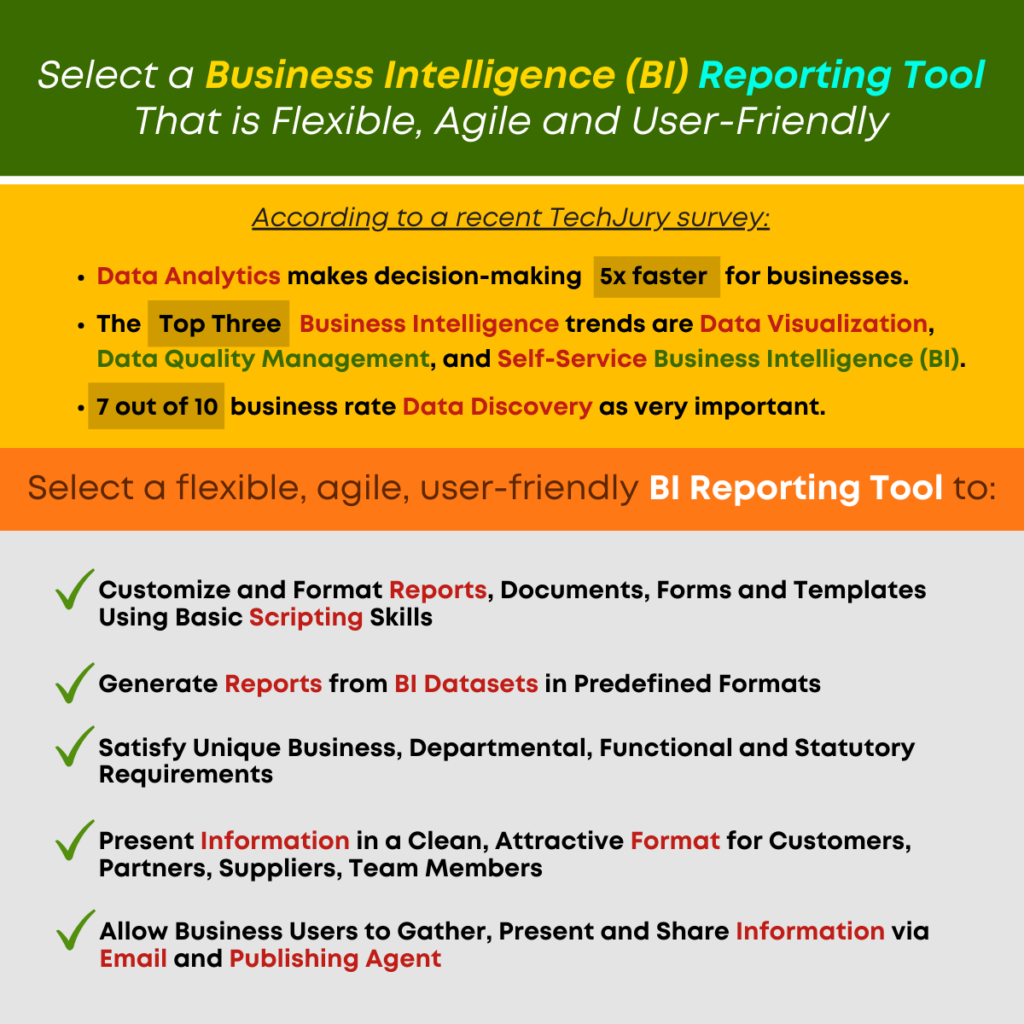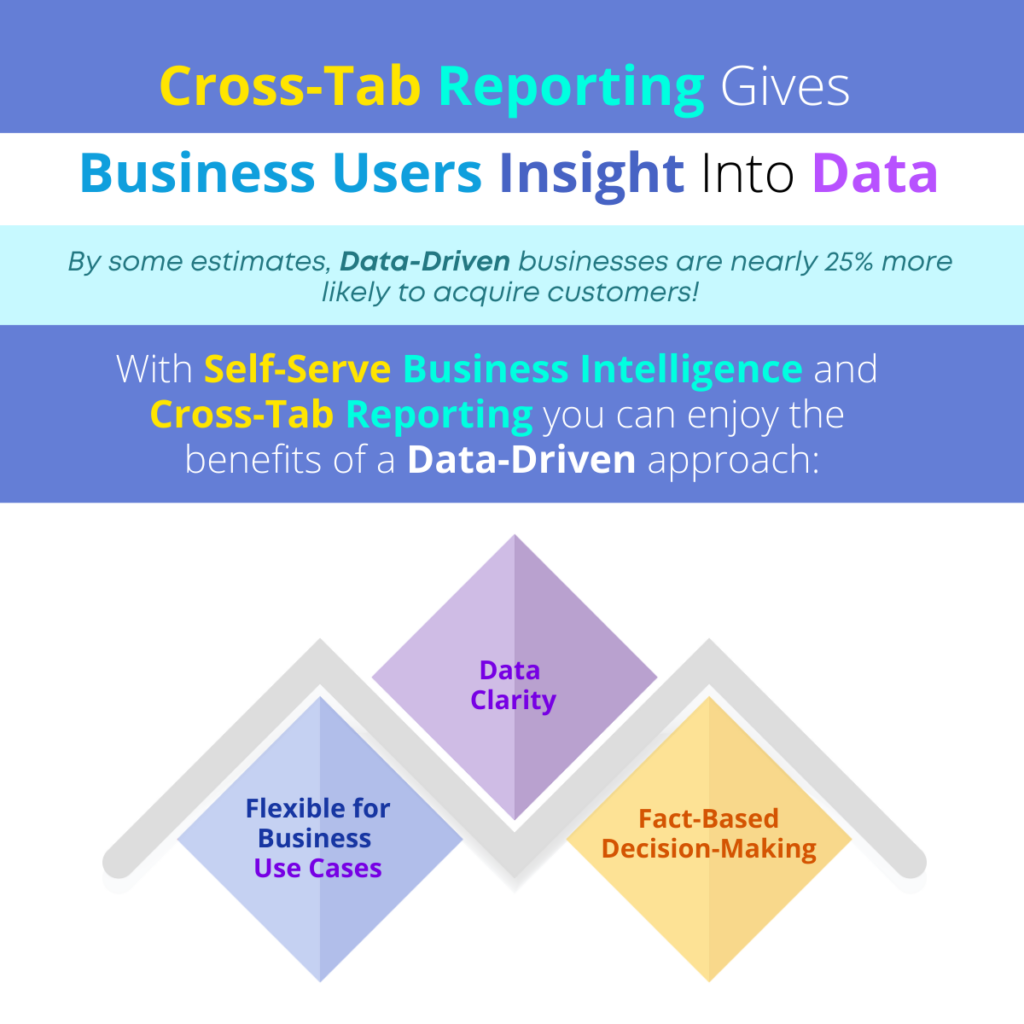Choosing Between Cloud and On-Premises Augmented Analytics
Your business may be upgrading a business intelligence solution OR it may be considering the implementation of business intelligence (BI) for the first time. Either way, you will be faced with numerous decisions as you navigate the augmented analytics market and look for the right product and solution for your team and your organization.
Considerations include pricing, features, ease-of-use, data storage and data management location, and the capability of the solution to support upgrade and growth. When it comes to the technical foundation of the product and services, you will need to decide whether to choose a solution that resides on premises or one that is cloud-based.
Perhaps the most difficult aspect of this decision is advanced planning and anticipating the changing needs of the organization. If you are choosing an advanced analytics product, a business intelligence or augmented analytics solutions, you may wish to select a vendor that allows you to choose an on-premises OR cloud-based approach, with the flexibility to change your approach in the future WITHOUT having to change the software your team has adopted – the one they now understand and use on a daily basis.
On-Premises: Software is hosted onsite using enterprise hardware and infrastructure. Some businesses choose this option because they wish to retain control and provide assured security.
Cloud-Based: When a business chooses this option, it relies on third-party servers to support the software and data and accesses information via secured internet connections using cloud. This option provides a flexible, scalable approach and allows the enterprise to access software and features without the need for its own resources, IT support, and hardware expense.
Gartner Has Predicted that, ‘Demand for integration capabilities, agile work processes and composable architecture will drive continued shift to the cloud.’

To choose the right solution, work with your IT partner, to consider:
- Strategy for Business Growth
- Industry, Government Security Compliance
- Availability of and Access to Technical Experts
- Ability to Easily Manage Data Sources, Data Access, etc.
- Cost of Solution and Support and Maintenance
- Performance, Scalability, Flexibility
- Support for Upgrade, Future Needs, Digital Transformation (Dx)
Look for a flexible, low-code, no-code analytics platform with scalable technology infrastructure and architecture that offers on-premises, private cloud or public cloud implementation for Amazon, Microsoft Azure, Google Cloud and other options. Your IT consulting partner will help you decide on your approach based on data velocity, data sources and locations, data security and governance policies and your desired return on investment (ROI).
Contact Us to discuss your analytical needs and to find out more about Smarten Technology, Architecture And Infrastructure, and the process of choosing the right Analytics Solution for your business. Explore our White Paper: ‘Enabling Business Optimization And Expense Reduction Through The Use Of Augmented Analytics,’ and our free article, ‘How Does Low Code And No Code Development Support BI Tools?’







